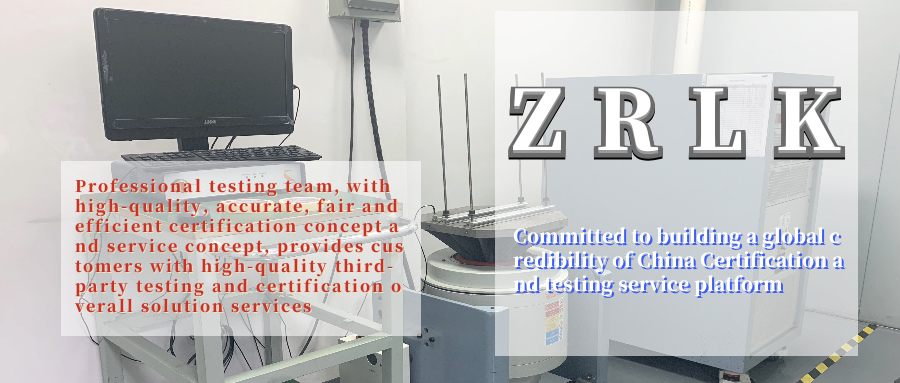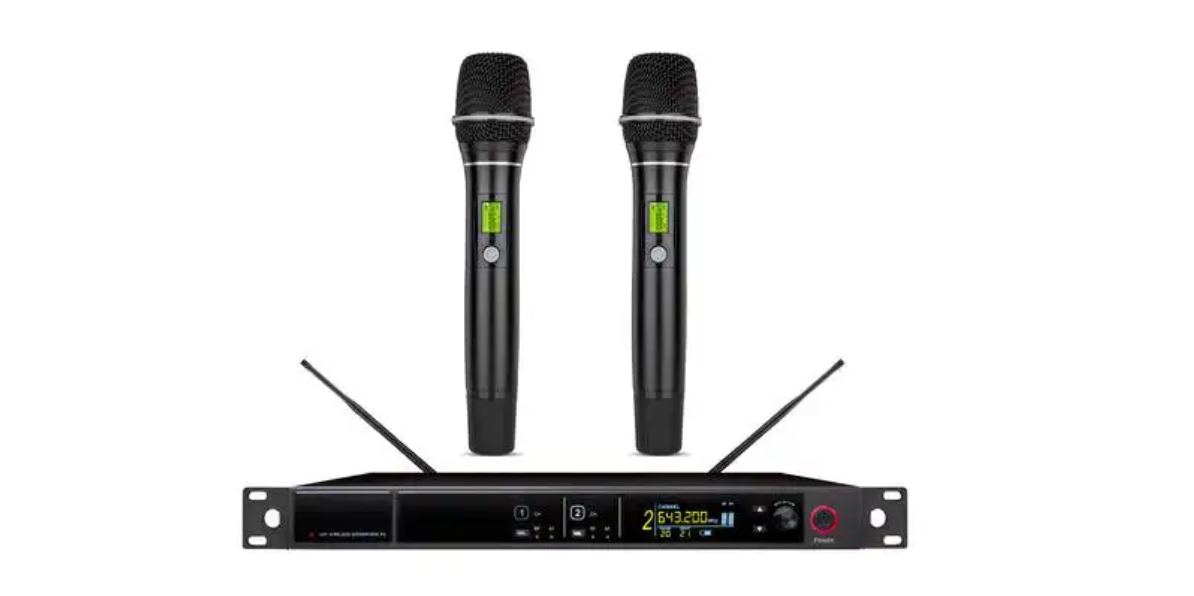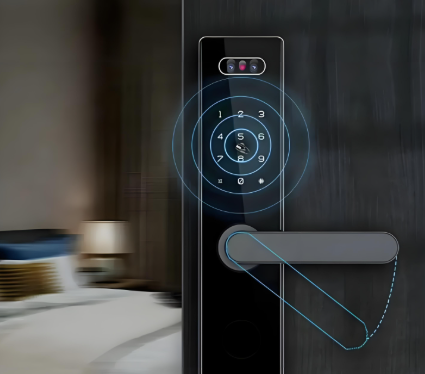
Project Introduction
The xenon lamp aging test mainly imitates the destruction of materials by sunlight and moisture in the natural world, and simulates the full-spectrum sunlight irradiation conditions to detect the aging of the materials when exposed to sunlight. The aging of products or materials is mainly affected by three major factors: temperature, humidity and light radiation. The xenon lamp aging test is to imitate the aging influence of sunlight through the full spectrum (ultraviolet, visible and infrared light) provided by the xenon arc lamp in the aging box. Xenon lamp aging generally targets non-metallic materials such as rubber and plastic.
Test purposes
The xenon lamp aging test is aimed at the outdoor sun exposure environment, which can simulate the full-spectrum sun exposure environment, and the real reduction products are subject to long-term sunlight exposure. It can provide corresponding environmental simulation and light accelerated aging tests for scientific research, product development and quality control.
Application range
Mainly used in automobiles, coatings, paints, printing and packaging, pigments, textiles, roofing materials, rubber, plastics, coatings, etc.
Method Standard
General Standard
IEC 68-2-9 Basic environmental testing procedures-Part 2: Overview of solar radiation testing
ISO 4892-1 Plastics-Laboratory light source exposure methods-Part 1: Overview
ASTM G151 Non-metallic Materials Exposure Overview
ASTM G155 Xenon lamp test equipment for non-metallic materials exposure
Other industry standards include the automotive industry, paints and pigments, inks, pharmaceuticals, plastics, rubber, textiles, construction materials, etc. have their industry xenon lamp aging standards.

SRRC certification is one of the necessary conditions for products to enter the Chinese market for sale. It ensures that the wireless transmission characteristics of the wireless camera comply with national standards, avoiding communication problems caused by radio interference and ensuring the legality and compliance of the product.

FCC certification is a mandatory requirement for wireless device certification in the US market. Through FCC ID certification, wireless microphones can prove their compliance with US radio transmission standards, avoiding market bans or fines for violations. This is particularly important for products that hope to be sold in the US market.

KC certification ensures that products comply with relevant laws, regulations, and safety standards in South Korea, and is a necessary condition for smart door lock products to enter the South Korean market. KC certification covers wireless radio frequency, electromagnetic compatibility, and electromagnetic exposure. Strict testing and evaluation are required to obtain KC certification before products can be legally sold in the Korean market and gain consumer trust.
The xenon lamp aging test mainly imitates the destruction of materials by sunlight and moisture in the natural world, and simulates the full-spectrum sunlight irradiation conditions to detect the aging of the materials when exposed to sunlight.
Get a quote